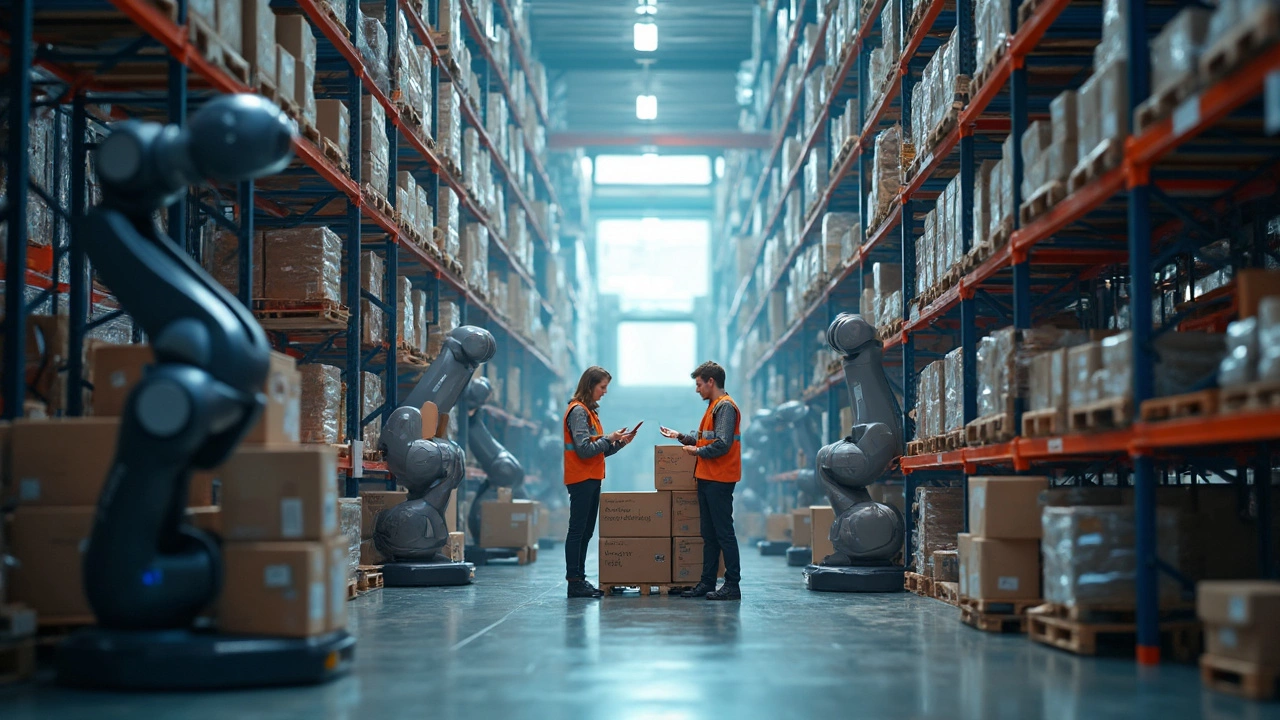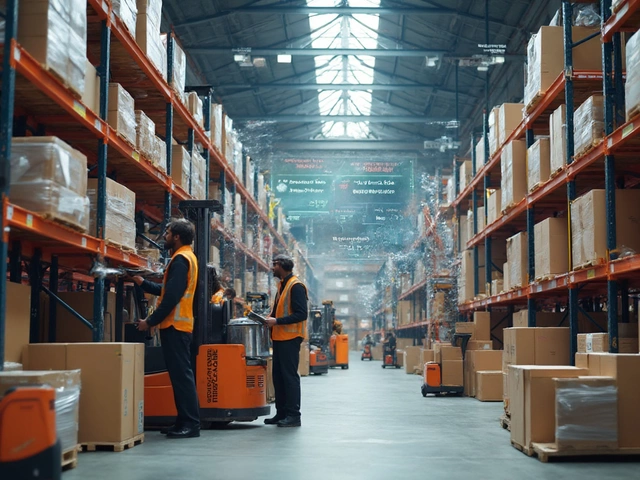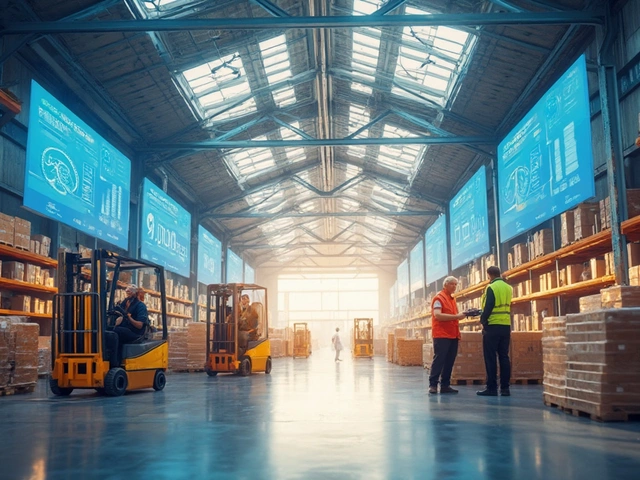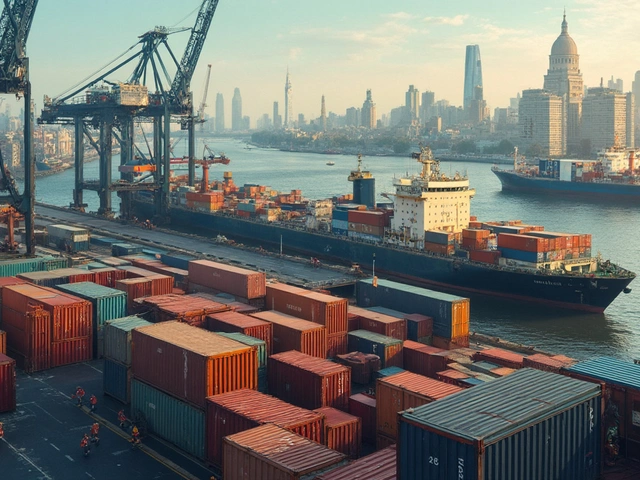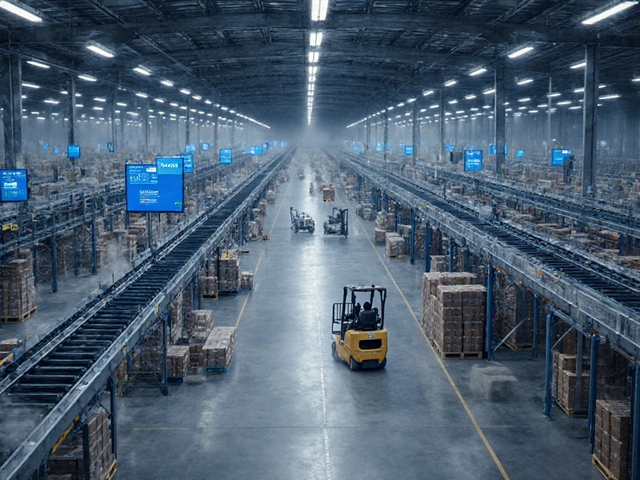Modern Warehousing: What It Means for Your Business
If your warehouse still feels like a maze of pallets and paper logs, you’re missing out on tools that can shave hours off each order. Modern warehousing isn’t just about bigger shelves; it’s about using data, automation, and smarter layouts to move products faster and keep errors low.
Traditional warehouses often rely on manual counts, guesswork for space, and static processes that can’t keep up with spikes in demand. Those habits drive higher labor costs, more damaged goods, and longer delivery times—issues that hurt both you and your customers.
Key Technologies Shaping Modern Warehouses
Warehouse Management Systems (WMS) are the backbone of any smart facility. A good WMS tracks inventory in real time, tells workers where the next pick is, and updates shipping schedules automatically. When you pair a WMS with cloud storage, you can see the same data on a tablet, laptop, or phone, no matter where you are.
Robotic pickers and conveyor belts take the heavy lifting off human hands. They don’t get tired, they don’t miss a SKU, and they can work 24/7. If you’re not ready for full automation, start with simple motorized pallet jacks or guided vehicles that follow pre‑set routes.
Internet of Things (IoT) sensors add a layer of visibility you didn’t have before. Temperature monitors keep food and pharmaceuticals at the right level, while weight sensors verify that every box is loaded correctly. All this data feeds into AI models that predict demand, suggest reorder points, and even flag potential bottlenecks before they happen.
Practical Tips to Upgrade Your Facility
Step one is an honest audit. Walk the floor, map the flow of goods, and note where delays occur. Use a simple spreadsheet or a free mapping tool to capture each step—from receiving to shipping.
Next, redesign the layout based on that map. Put fast‑moving items near the packing area, and store slower SKUs deeper in the aisle. A well‑planned layout reduces travel time and frees up space for additional inventory.
Invest in a scalable WMS that can grow with your business. Look for features like mobile barcode scanning, real‑time reporting, and easy integration with your existing ERP or e‑commerce platform. Most vendors offer a trial period, so you can test before you commit.
Train your staff on the new tools. People adopt technology faster when they understand the why behind it. Short, hands‑on workshops keep the learning curve shallow and boost morale.
Finally, track the right KPIs: order pick accuracy, average handling time, and dock-to‑door cycle time. When you see numbers improve, you can justify further investments, such as adding a robot arm or expanding your cloud analytics.
Modern warehousing isn’t a one‑off project; it’s a continuous loop of data, improvement, and people. By mixing the right technology with practical steps, you’ll cut costs, speed up deliveries, and keep customers happy.
Ready to bring a modern touch to your logistics? Dex Removals & Logistics Services can help you plan, move, and set up a smarter warehouse that fits your needs today and tomorrow.
April 29, 2025
Evelyn Wescott
0 Comments
Modern warehousing isn’t just about storage – it’s become a tech powerhouse. This article breaks down the latest technologies shaking up the warehouse world. From robots to AI, discover what’s making operations faster, smarter, and more accurate. You’ll also pick up practical tips and surprising facts about how these innovations change everyday warehouse work. Dive in to see what tools are driving warehouse efficiency in 2025.
